Is NASA Paving the Way for Asteroid Mining?0
- From Around the Web, Space
- September 28, 2018
The agency just greenlit a robotic mission to the most metal-rich space rock in the solar system.
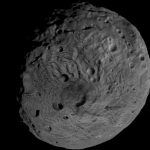
The agency just greenlit a robotic mission to the most metal-rich space rock in the solar system.

A MASSIVE UFO appeared in live footage of the sun before the FBI dramatically shutdown the National Solar Observatory, conspiracy theorists claim.
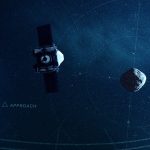
After an almost two-year journey through space, NASA’s Origins, Spectral Interpretation, Resource Identification, Security-Regolith Explorer (OSIRIS-REx) caught its first glimpse of Bennu, a carbonaceous asteroid whose makeup may record the earliest history of our Solar System, last week and began the final approach toward the asteroid. Using its multipurpose PolyCam camera, the spacecraft obtained the image of Bennu from a distance of 1.4 million miles (2.2 million km), or almost six times the distance between the Earth and Moon.
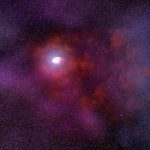
An unusual infrared emission from the neutron star RX J0806.4-4123 detected by the NASA/ESA Hubble Space Telescope could indicate new features never before seen: one possibility is that there is a disk of material surrounding the neutron star; another is that there is an energetic wind coming off RX J0806.4-4123 and slamming into gas in interstellar space the neutron star is plowing through.

UFOs have deliberately sabotaged three major space missions, according to wild claims online.
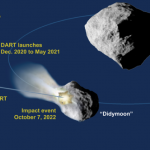
A mission to deflect asteroids that might threaten Earth has begun its final design and assembly phase, according to a news release.
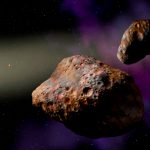
A strange pair of space rocks twirling around each other as they orbit the sun has helped scientists pinpoint when our solar system developed its current formation.

A human journey to Mars, at first glance, offers an inexhaustible amount of complexities.
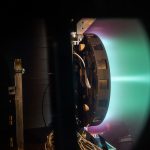
As part of the agency’s Exploration Campaign, NASA’s Gateway will become the orbital outpost for robotic and human exploration operations in deep space.
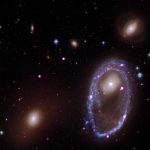
Astronomers have used NASA’s Chandra X-ray Observatory to discover a ring of black holes or neutron stars in a galaxy 300 million light years from Earth.



